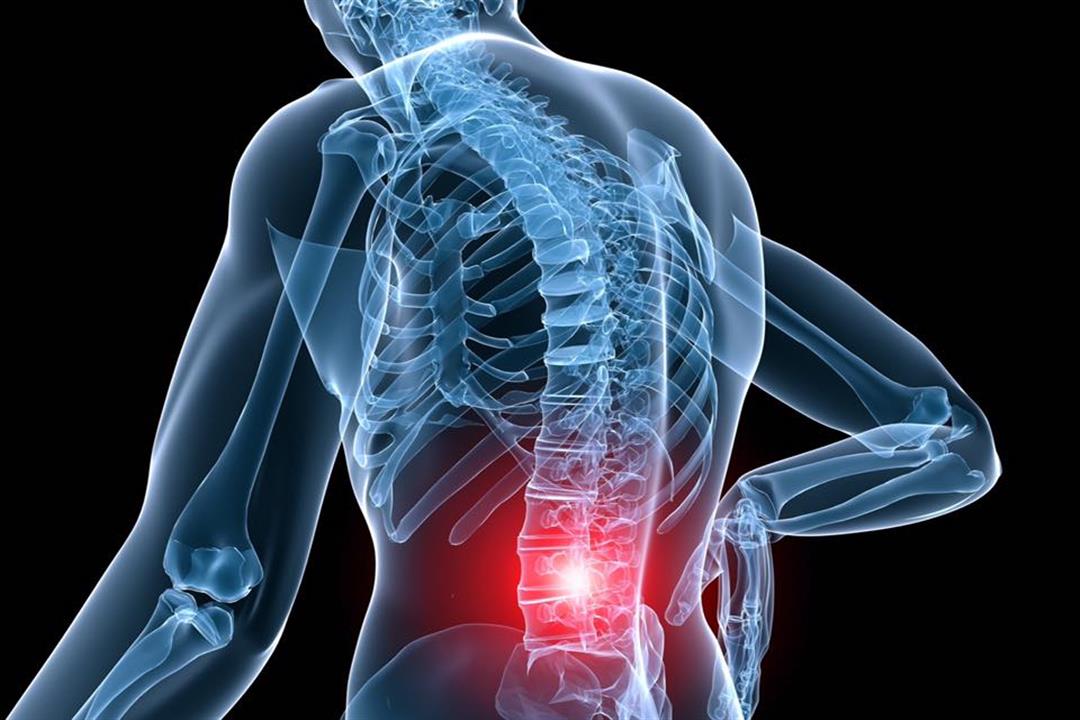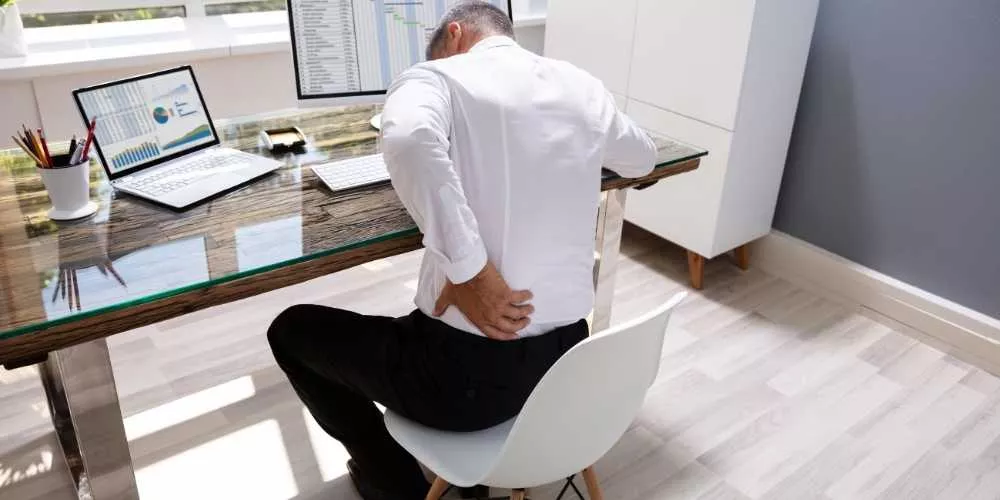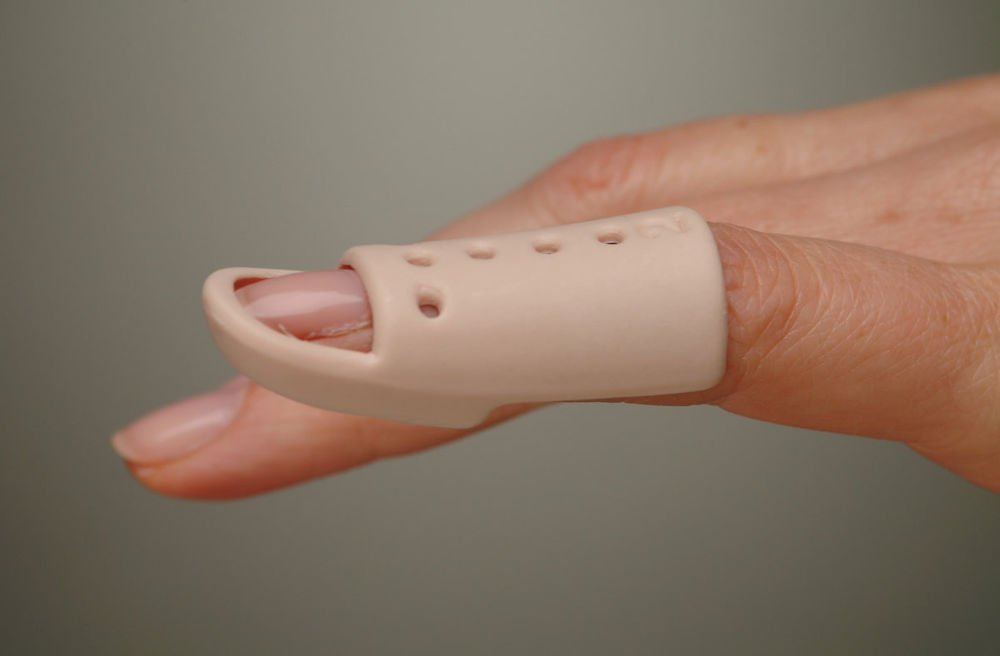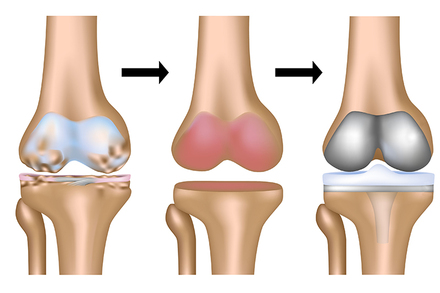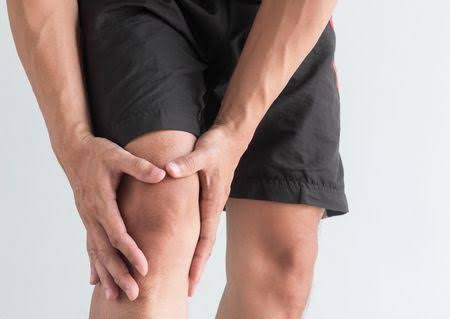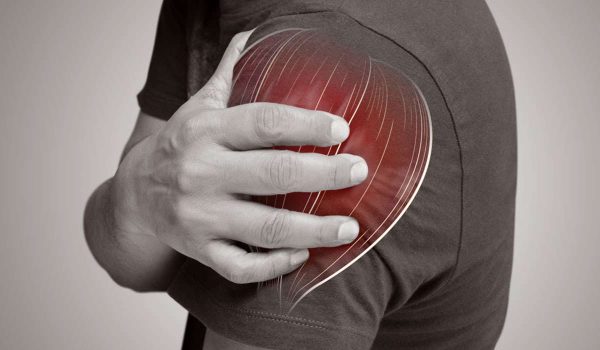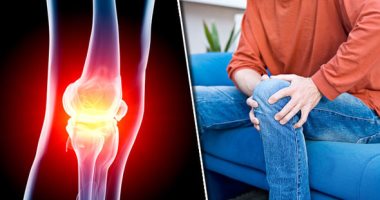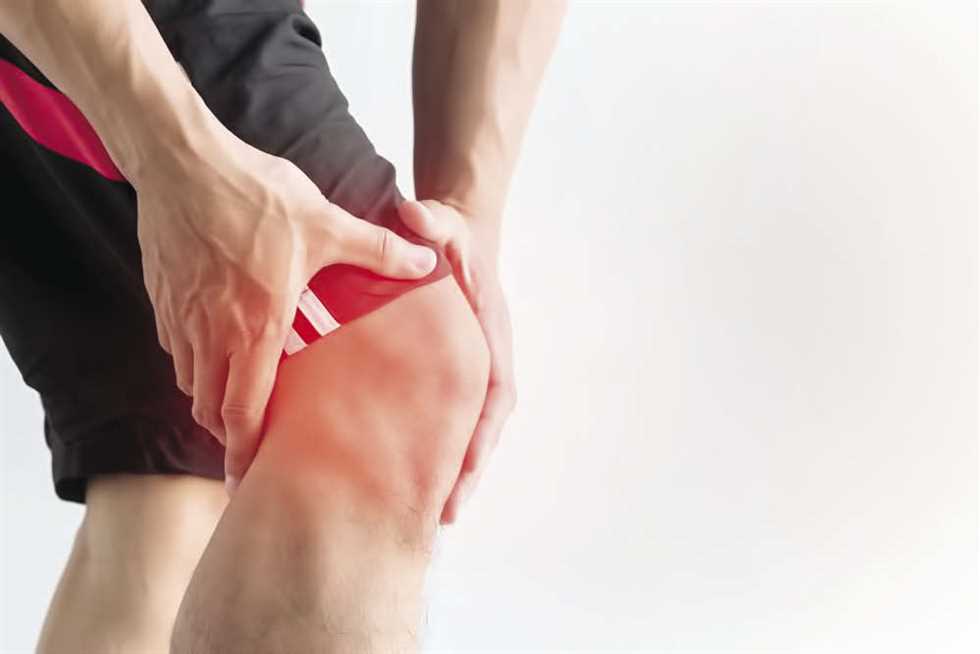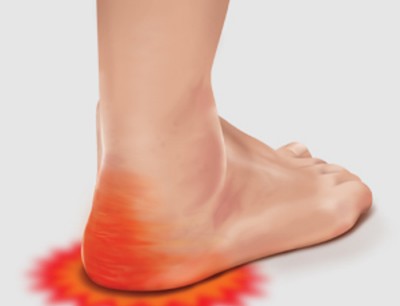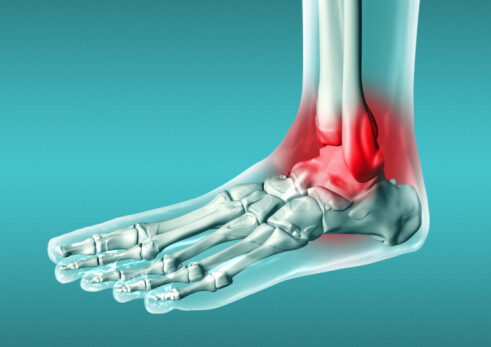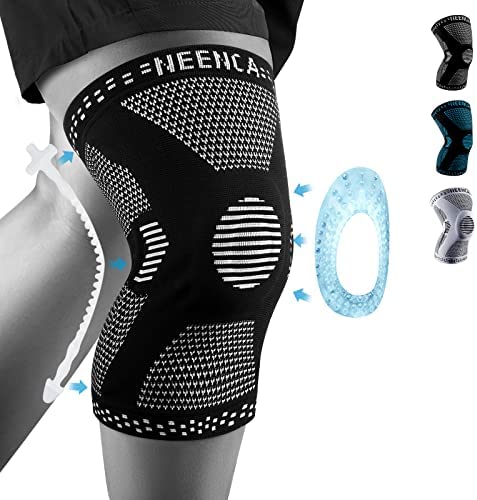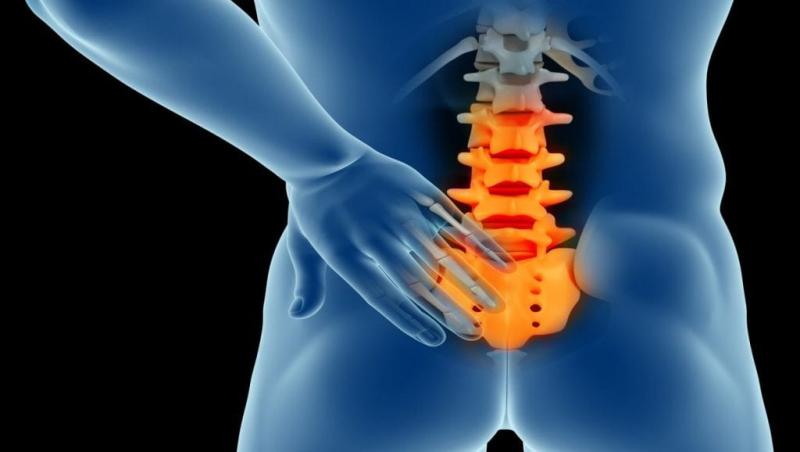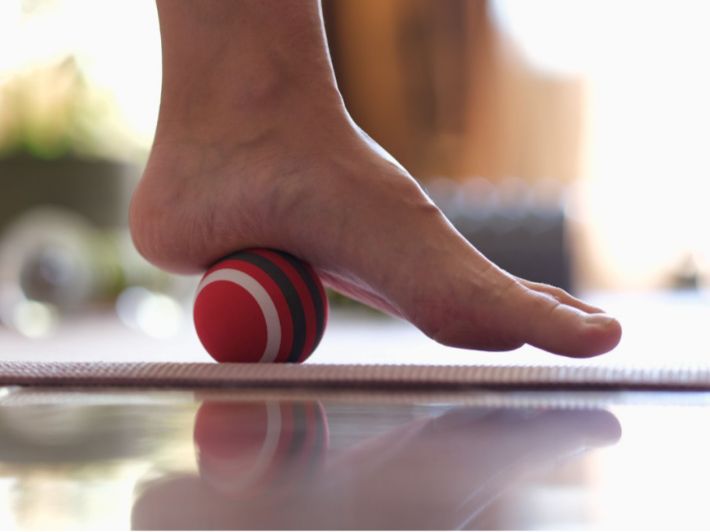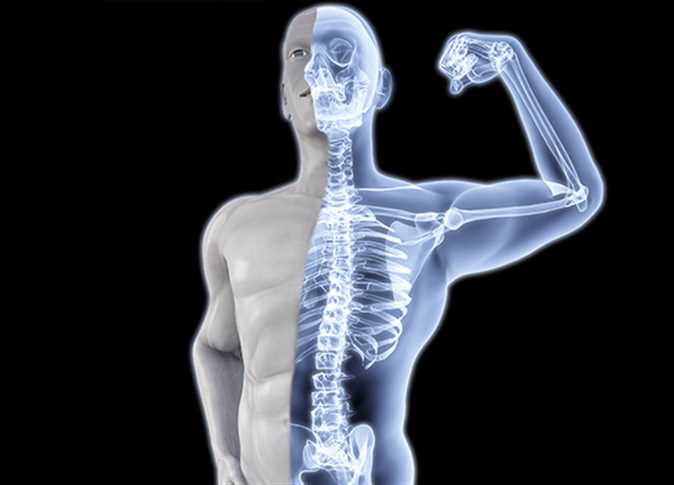How do I know that my child has a bow in the legs? What are its types?
The curvature of the legs is a deformity that affects the bones and is treated by doing some exercises that the specialist doctor identifies, but what about the curvature of the legs that affect children? In the following article, we will learn about the most important information about it, follow with us the following.

How do I know that my child has a bow in the legs?
It is possible for the mother to be able to tell whether her child has bowed legs or not by noticing that the knees are far apart and it is not possible for a meeting between them to occur when standing and putting the ankles and feet together, and it is noted that there is a distance between the lower legs and the knees, and this It is the result of one leg bending outwards.
The mother also notes the curvature by noticing that the knees do not touch each other while standing and joining the feet and ankles, and this causes the legs to bend, and it is normal for this to disappear after the child completes his third year. If this does not happen, this may be due to a deformity in the bones of the legs. The method of treatment must be modified to suit the condition of the child.
When does the curvature of the legs begin?
The curvature of the legs may begin to appear during the child’s presence in the mother’s womb as a result of their taking a bent position in the mother’s womb, and the curvature of the legs may continue until the child reaches his second year, and the foot begins to straighten as soon as the child starts walking and puts his body weight on the legs while standing or walking, and the leg begins to straighten. It takes its natural form as soon as the child reaches his third year.
Treating bowed legs in children with herbs
When a child has bowed legs after the third year, in that case, he needs to receive appropriate treatment, and one of the methods that are often followed is the method of herbal treatment, and examples of herbs that are relied upon in treatment are:
- Henna powder: The curvature of the legs can be treated by applying this powder, mixing it with other ingredients, and applying it directly to the curvature area. Henna powder is mixed with a few drops of milk, watercress juice, and olive oil, and they are mixed well.
- Rosemary: It is also known as frankincense herb, and it is one of the herbs that contains many good properties in the treatment, and it has a great role in treating the curvature of the legs that affects children by soaking it in a liter of boiling water and eating it on a daily basis.
- Thyme: It is effective in treating curvature of the legs if the main cause of its occurrence is osteomalacia. This is because thyme has many properties that are anti-osteomalacia and it is used by soaking it in boiled water and drinking a cup of it daily.
Types of bow legs
There are many types of curvature of the legs, and each of them has a different method of treatment in terms of exercises or other methods that the specialist doctor describes, and the types of curvature that affect the legs:
outward bending of the knee (genu varum – bow legs)
This type of curvature is the most prevalent among individuals and is also known as the hallux valgus knee, and in this case, the knees are far apart from each other while standing and bringing the feet together, and this type of curvature causes an increase in the load on the inner part of the knee joint, and the greater the degree of curvature, the greater the degree of curvature. It causes tightening and sagging of the ligaments on the outside of the knee, and this leads to an increase in the degree of curvature over time.
Bowing of the knee inward (genu valgum – knock knees)
This condition is also known as adhesion of the thighs or the knee joint, where the knees are very close to each other while standing while the feet are far apart, and in that case most of the body weight is concentrated on the outside of the knee, and the inward curvature is more severe in the third year of the child’s life, but it disappears On its own at the age of eight, and this curvature is known to affect girls more than boys.

